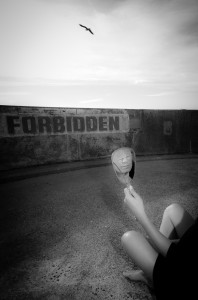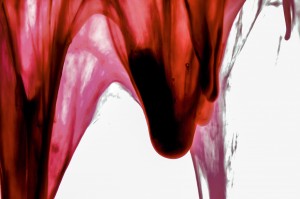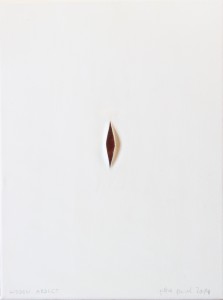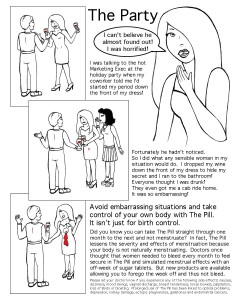Derya Erdem
My work takes a critical view of societal, political and cultural issues, focusing on identity, gender binary and the human mind. Reflecting the emotional dimensions of personal memories, collected histories, and cultural myths, I constantly search for new possibilities, thriving on chance outcomes and the connections (physical and virtual) that link nature and the overlooked realities of our lives. As an artist concerned with real life stories, I am affected by those with untold, sometimes overwhelming, hidden perspectives.
These themes are often combined into experimental installations, employing different techniques which include: video, sound, photography, installation and site specific art. I am a curious artist using diverse exploratory technics, all of which I self produce.
Inspired by repetitive dreams and underpinned by memories , driven by my understanding of the female conditions and the manifestation of injustice in patriarchy, the issues of woman’s social and sexual conditioning have all formed the foundation of my current work.
Surreal quality images, revealing glimpses of potential possibilities, what latently exists in nature, suggesting different views of our external world, inviting the viewer to move into a space of speculation.
Jen Lewis
If I have learned anything over the last two years of producing Beauty in Blood, it is that menstruation matters more than most people in society are willing to recognize; it is deeply embedded in our global body politics and is a major contributor to the vast gender inequity between men and women today. Institutionalized hierarchies maintain and support the outdated patriarchal belief that menstruation makes the female body inferior to the male body. Billions of dollars are spent annually trying to make women’s bodies conform to male “norms” by suppressing the natural menstrual cycle through hormonal birth control. The feminine “hygiene” industry perpetuates taboo thinking by suggesting the monthly cycle is dirty and socially impolite; it should be concealed in frilly pink wrappers like candy and only very loosely referenced with blue liquid in product commercials. In my experience, women and men are hungry for an authentic dialogue about menstruation and all that encompasses. It is clear the time is now to stand up and speak out on behalf of menstruation. It is a natural, messy but beautiful part of life. Just because it is not a shared experience doesn’t mean it needs to be a divisive topic that aids in gender inequity. Beauty in Blood asserts that menstruation needs to be seen to help normalize the female body and to acknowledge this part of the female experience by inviting the viewer to take a closer look and reflect on their personal gut reactions to the subject of “menstruation.”
Petra Paul
Menstruarte – Showing the Abjection
As feminist I’m concerned primarily with woman as a theme, or the showing of the ways women are discriminated against in this patriarchal society. Menstruation is a stigmatic condition (Erving Goffman). Women are regarded as of lesser value, as the Other (Simone de Beauvoir). I’m concerned with showing this mechanism and at the same time with undermining it.
By using menstrual blood in my informel and monochrome work, I draw attention to the negative taboo and publicly show something that is usually kept secret – everything is done to make the time of menstruation as invisible as possible. Cleanliness and discretion are foremost. The leaking women were seen as unclean, and the unpure blood contrasted with the masculine, healing blood of Christ. So I called a serie of menstruation pictures „That’s the blood I’ve spilled for you”, the other simply “Menstruarte”. “Hidden Abject” shows blood through a small cut in the canvas. I try first through the completed abstract structure of the menstrual blood to make the viewer aware of the theme, and second, I use the aesthetic work to reverse the negative value. Menstrual blood is abject: “Not me. Not that. But not nothing, either” (Julia Kristeva).
Jennifer Weigel
I first began creating artworks incorporating menstrual fluid in 2005, pressing my menstrual vagina to watercolor paper each morning to make a series of monoprints. My purpose in producing and exhibiting these works was to confront the taboo associated with menstruation, demystify this natural function of the female body, and promote thought-provoking discussion among women & men, artists & non-artists alike.
After exhibiting these pieces, I curated a St. Louis based exhibition, entitled Life Blood Exhibit, which traveled throughout the city and to Cape Girardeau, MO from 2011 – 2012. I have also continued to explore female reproductive health, with artworks themed around celebrating women’s bodies to addressing health concerns (my own and others’) to the political and social arena (abortion, birth control, the confiscation of tampons at a July 2013 Texas legislative meeting…).
I am currently working on a series of artworks in response to my personal life (the death of my father, my separation and divorce from my husband of almost 12 years, committing to a new life partner, and preparing to move from St. Louis) and political influences (especially the Supreme Court ruling in the Hobby Lobby case and related discourse).
Although I first strove to detach from my work in order to promote an open forum for discussion, my recent artworks embrace the feminist idea that the personal is political, developing my own iconography to work through life hardship, celebration and change.
For more information, visit www.wideningthecycle.com. For questions, please email the curator and exhibit planner, Jen Lewis, at info [at] wideningthecycle [dot] com.





